What is Cubism in Art? A Comprehensive Guide to Its History, Creators, and Importance
If you’ve ever found yourself gazing at an abstract piece of art with jagged shapes, fragmented forms, and seemingly random angles, you might have encountered Cubism. But what is cubism in art, really? What makes it tick? Let’s dive into the fascinating world of cubism, uncover its history, understand the key creators, and explore why it remains so significant in today’s art world. And who knows – by the end, you might be tempted to buy art or even buy paintings in this unique and captivating style for your own collection!
The Birth of Cubism: A Revolutionary Movement
Cubism, as a groundbreaking movement, was a direct departure from the more traditional forms of art that dominated the late 19th century. Rather than focusing on realistic depictions, cubism embraced abstraction and shattered the conventions of perspective and form. The movement began in the early 20th century, around 1907, and completely altered the course of modern art.
In its essence, cubism sought to represent objects not just from one viewpoint but from multiple angles simultaneously. This approach broke with the classic, single-point perspective that had defined European art for centuries. Instead of painting a tree or a face in the typical "realistic" manner, cubist artists would depict it as a combination of geometric shapes and fragmented planes, showing the subject from various perspectives.
If you want to buy paintings that push the boundaries of perception and challenge your ideas about space, cubism is definitely a style worth exploring!
The Pioneers of Cubism
Cubism wouldn’t have been possible without the vision and creativity of a handful of bold artists. Let’s take a look at the two most significant creators behind the movement: Pablo Picasso and Georges Braque.
Pablo Picasso: The Revolutionary Genius
One of the most famous artists of all time, Pablo Picasso, is often regarded as the father of cubism. Born in 1881 in Spain, Picasso's work evolved dramatically over his long career. He was an innovator, never content to stick to one style for too long. His role in cubism, however, is unmatched. Alongside Georges Braque, he developed the cubist style and introduced a new way of seeing and representing the world.
Picasso’s groundbreaking work “Les Demoiselles d'Avignon” (1907) is often considered the birth of cubism. The painting shows five women with fragmented, angular forms that appear to be viewed from different perspectives simultaneously. This radical shift was a slap in the face to traditional art, and it paved the way for the movement to grow.
Throughout his life, Picasso constantly reinvented his approach to art, so if you’re looking to buy art that captures a dynamic spirit, you’ll often find his works challenging and deeply meaningful.
Georges Braque: The Co-Founder of Cubism
French artist Georges Braque worked closely with Picasso in developing cubism, contributing equally to the movement's creation. Braque’s early career was influenced by Impressionism and Fauvism, but when he met Picasso in 1907, their collaboration sparked a new direction in his work.
Braque’s style, particularly in his analytic cubist phase, is characterized by muted colors and fragmented shapes. He was fascinated by breaking down objects into geometric forms, reflecting a modern understanding of space and form. Some of his notable works, like “Violin and Candlestick” (1910), showcase his mastery of this fragmented style.
Braque’s contributions to cubism are immense, and if you’re lucky enough to come across his works when you decide to buy paintings, you’ll be investing in a timeless piece of art history.
The Two Phases of Cubism: Analytical and Synthetic
Cubism didn’t remain static. Like any great artistic movement, it evolved over time. The two main phases of cubism are Analytical Cubism and Synthetic Cubism, each with its own distinct characteristics.
Analytical Cubism (1908-1912)
In the early years of cubism, artists focused on deconstructing objects and representing them from multiple viewpoints. This style, known as Analytical Cubism, involved breaking down the subject matter into smaller, abstract shapes and planes, which were then rearranged on the canvas. The result was a fragmented, complex representation of the object that gave the viewer a new way to see the world.
Analytical cubist works were typically monochromatic and subtle in tone, often using shades of brown, gray, and green to give depth to the fragmented shapes. The intention was not to create vibrant or eye-catching works but to challenge the traditional concept of representation.
If you decide to buy paintings in this style, you’ll be looking at works that require patience and a deep understanding of the artist’s intent. These pieces invite viewers to contemplate the object and its representation in a completely new way.
Synthetic Cubism (1912-1919)
As cubism evolved, the focus shifted towards simpler shapes and brighter colors, leading to the development of Synthetic Cubism. This phase saw the introduction of collage elements, like pieces of newspaper, fabric, and even wallpaper, into the artwork. The idea was to create compositions that were not just abstract but also had a texture and materiality that reflected the modern world.
Synthetic cubist works are more colorful and less fragmented than their analytical predecessors. They still use geometric shapes, but they often incorporate recognizable imagery and textures. These pieces are more accessible and visually engaging, making them perfect for collectors who are just starting to buy art but want something more visually striking.
Important Artists in the Cubist Movement
Though Picasso and Braque are the most famous names in cubism, many other talented artists contributed to the movement and helped shape its development. Let’s take a look at some of the key figures in the cubist world.
Juan Gris: The Master of Synthetic Cubism
Spanish artist Juan Gris is often considered the third great figure of cubism. Gris was heavily influenced by both Picasso and Braque, but his approach to cubism leaned more towards clarity and order. Known for his use of bright colors and meticulous detail, Gris’s work represents a refined form of synthetic cubism.
His paintings, such as “The Breakfast Table” (1915), emphasize clarity and structure, making them more visually appealing to some viewers compared to the more chaotic analytical cubism of Picasso’s earlier works.
Fernand Léger: The Cubist Who Loved Bold Colors
French artist Fernand Léger was another major player in the cubist movement. Léger’s approach was distinct for its emphasis on vibrant colors and bold lines. While he began his career working in the cubist style, his works eventually became more abstract and focused on the relationship between form and color.
Léger’s work “The City” (1919) is a great example of how he used cubism to create dynamic, modern representations of urban life.
Robert Delaunay: The Intersection of Cubism and Color Theory
While Robert Delaunay is often associated with the Orphism movement, which evolved out of cubism, his work explored the role of color in abstraction. Delaunay experimented with how colors interacted with geometric forms, creating compositions that were energetic and full of movement.
His work “Simultaneous Windows” (1912) exemplifies the fusion of color theory with cubist forms, making it a great example of how cubism’s influence spread beyond its traditional boundaries.
Why is Cubism Important?
Cubism changed the way artists thought about space, perspective, and form. Before cubism, artists relied heavily on linear perspective, which was rooted in the tradition of Renaissance painting. By challenging this tradition, cubism introduced a more complex, multi-dimensional view of the world. It encouraged other artists to break free from traditional methods and think about the world in new, often revolutionary ways.
Cubism also paved the way for other avant-garde movements like Futurism, Constructivism, and Abstract Expressionism. It had a profound influence on architecture, design, and even literature, with writers like Gertrude Stein experimenting with fragmented language and structure in ways that mirrored the visual fragmentation of cubist art.
Moreover, cubism had a profound impact on the development of abstract art. By breaking objects into geometric shapes and presenting them from various viewpoints, artists began to see abstraction not as a departure from reality, but as a way to express a deeper, multi-faceted understanding of the world.
How Cubism Inspires Modern Art Collectors
The beauty of cubism lies in its ability to challenge perception, create intrigue, and engage the viewer in a deeper dialogue with the artwork. It invites questions about reality, perception, and abstraction. Whether you’re looking to buy paintings that push boundaries or want to add some bold, geometric art to your collection, cubism offers something for every taste.
If you're just starting to buy art, cubism is a great choice because it provides a unique way to experience art beyond the conventional. It’s modern, it’s daring, and it’s a celebration of abstraction and geometry. With its rich history and fascinating creators, cubism offers an artistic journey like no other.
Final Thoughts
There you have it. Cubism in all its glory. From its revolutionary beginnings to its continued influence on contemporary art, cubism remains a cornerstone of modern artistic expression. The next time you consider adding a piece of artwork to your collection, why not dive into the world of cubism? With its bold shapes, vibrant colors, and intellectual complexity, cubism offers a stunning visual experience that will continue to inspire for generations to come.
Are you ready to buy art and add a little cubist charm to your home? Whether you’re new to the world of art or a seasoned collector, cubism’s impact is undeniable, and it’s time to embrace it! Buy art and paintings at CycloneSale.com for all your collecting needs today!


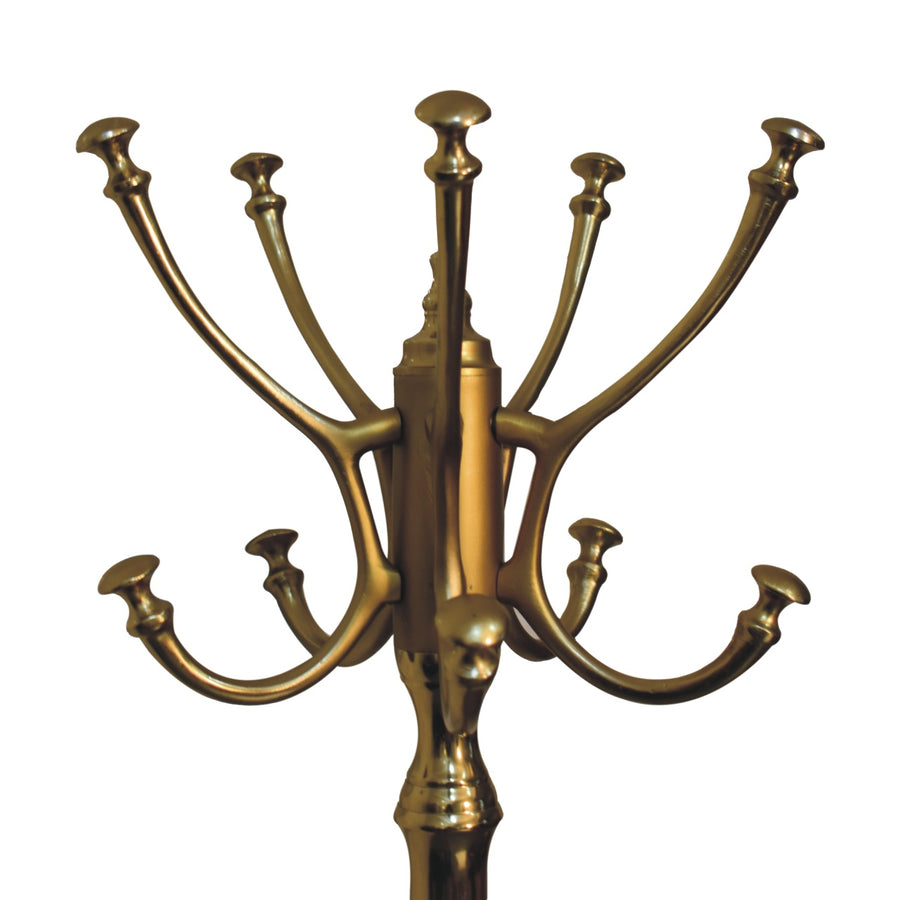
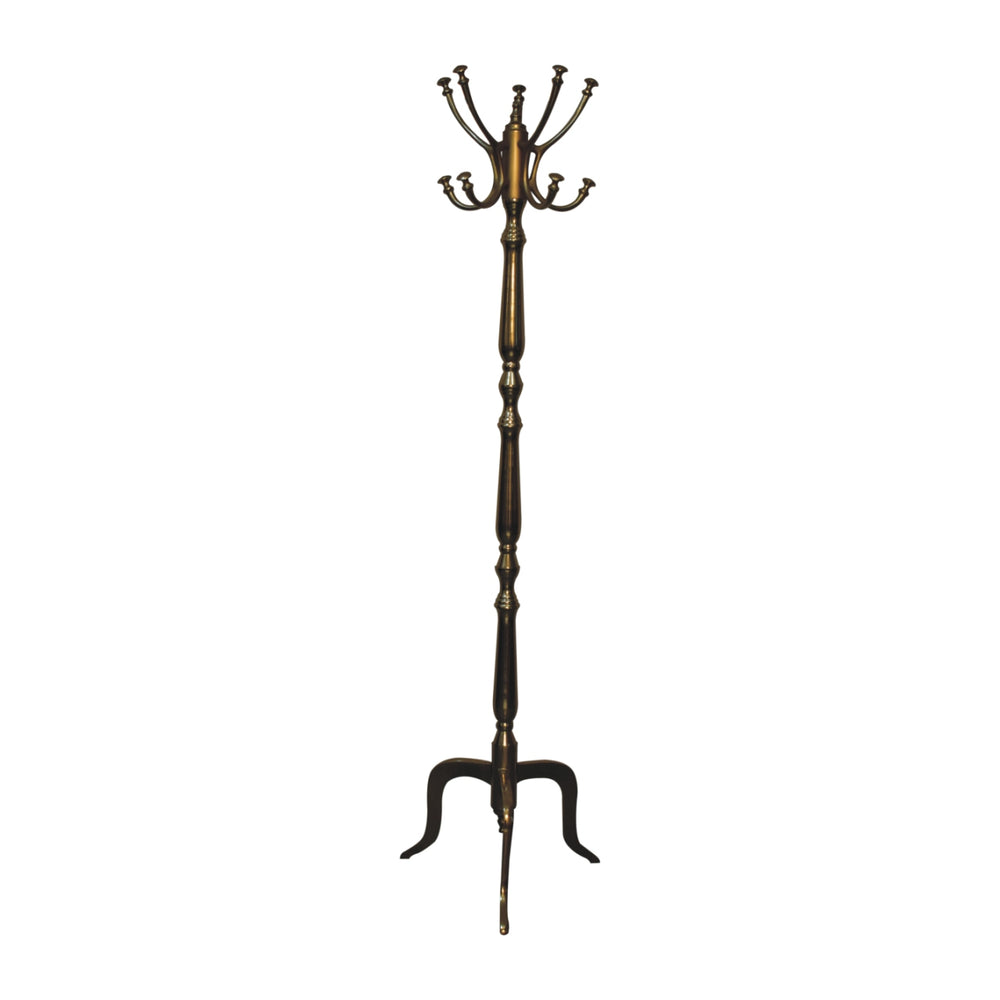
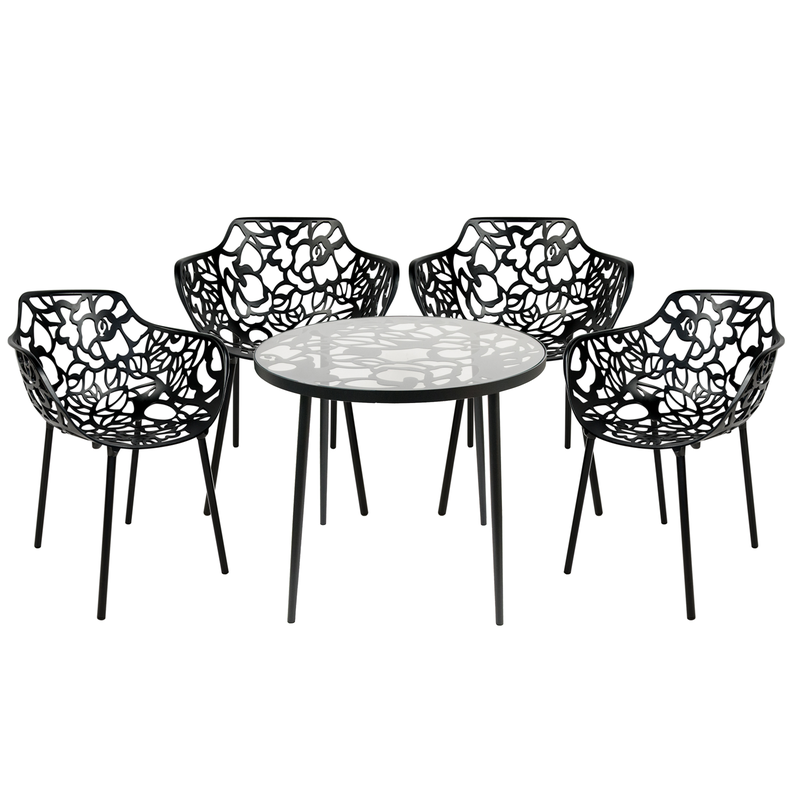





























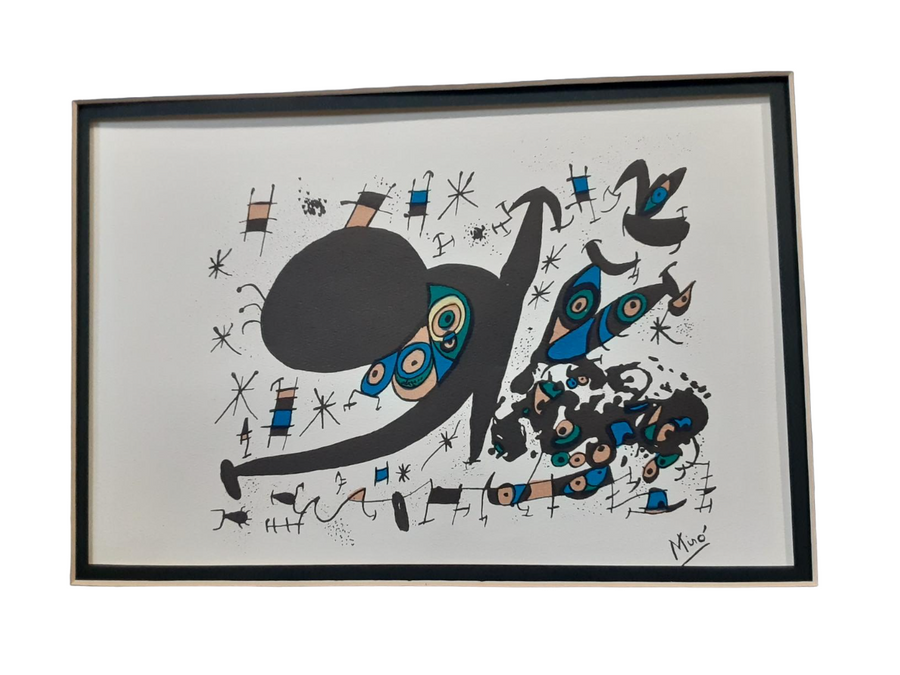



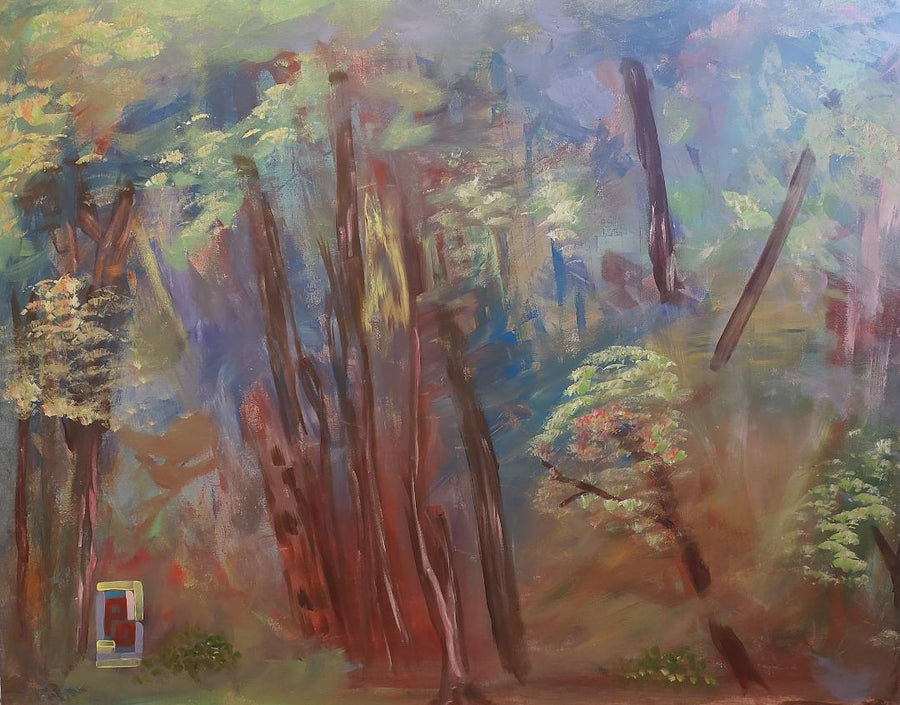



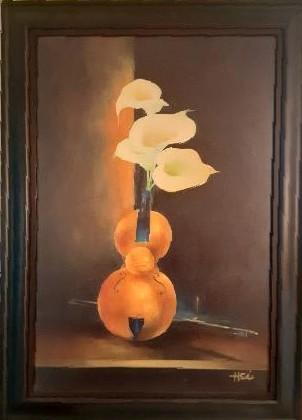

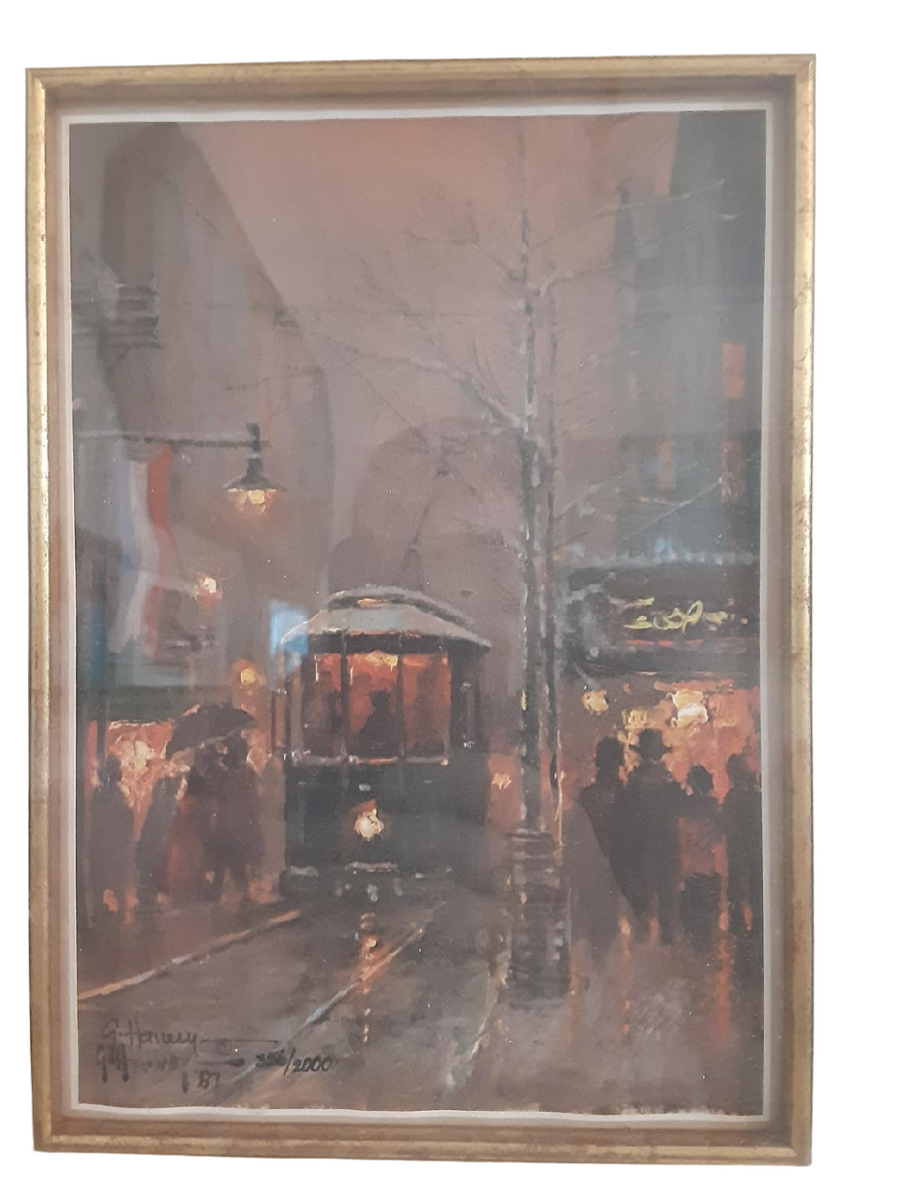

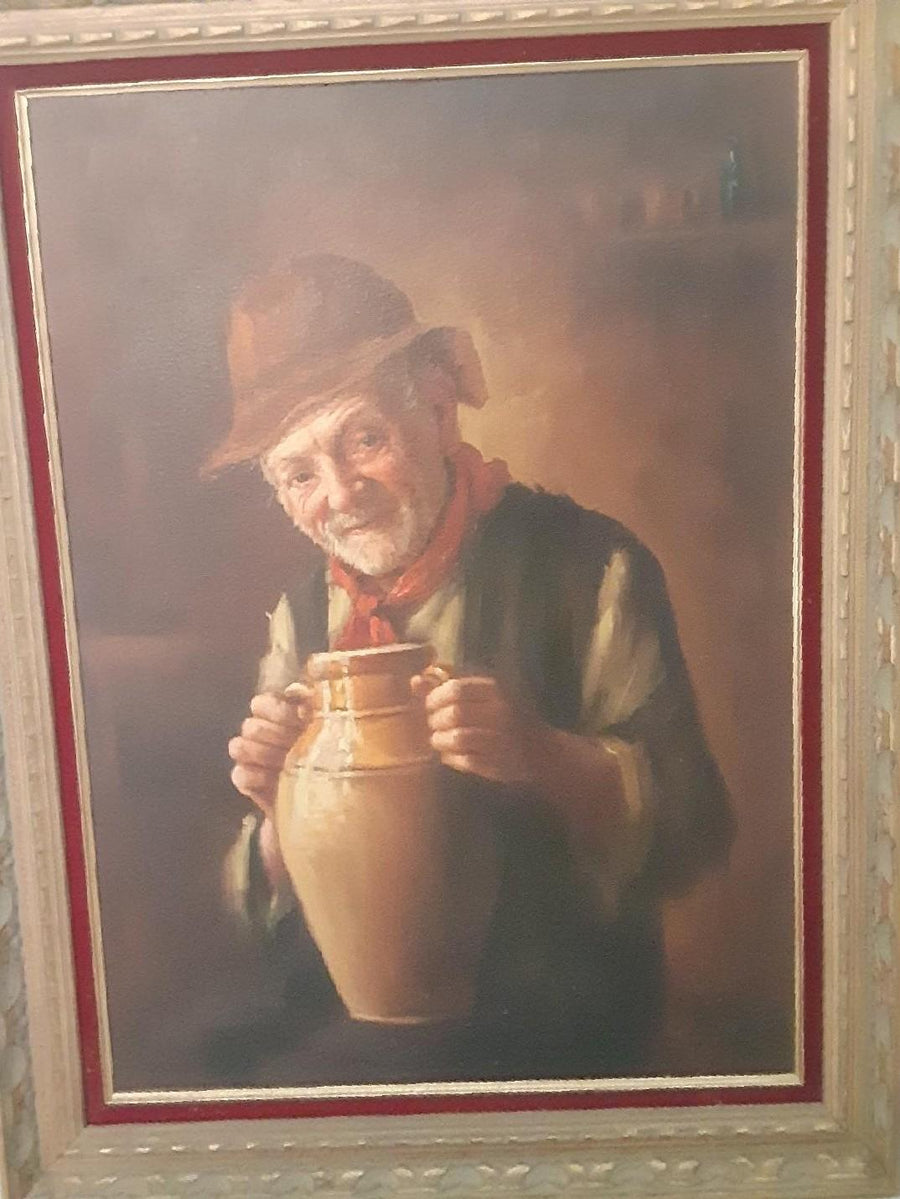

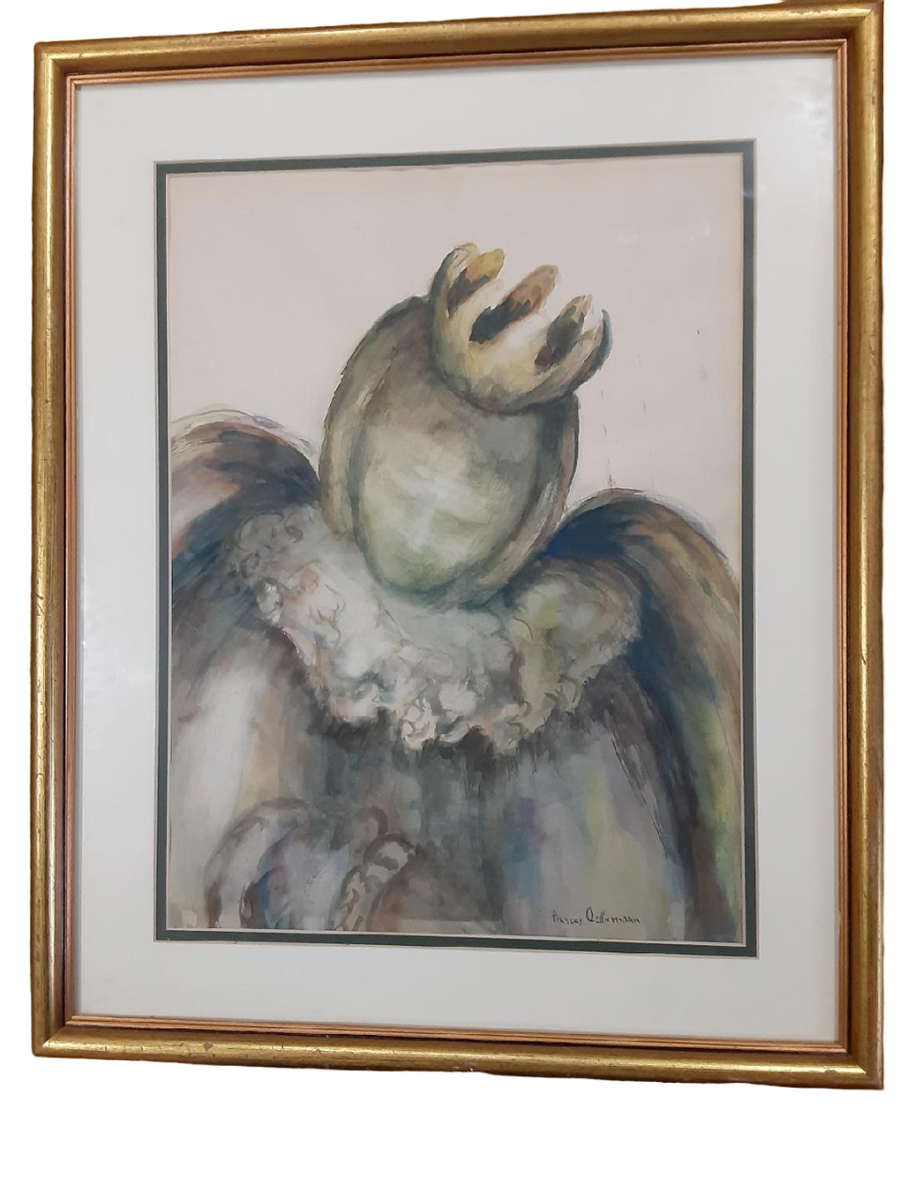

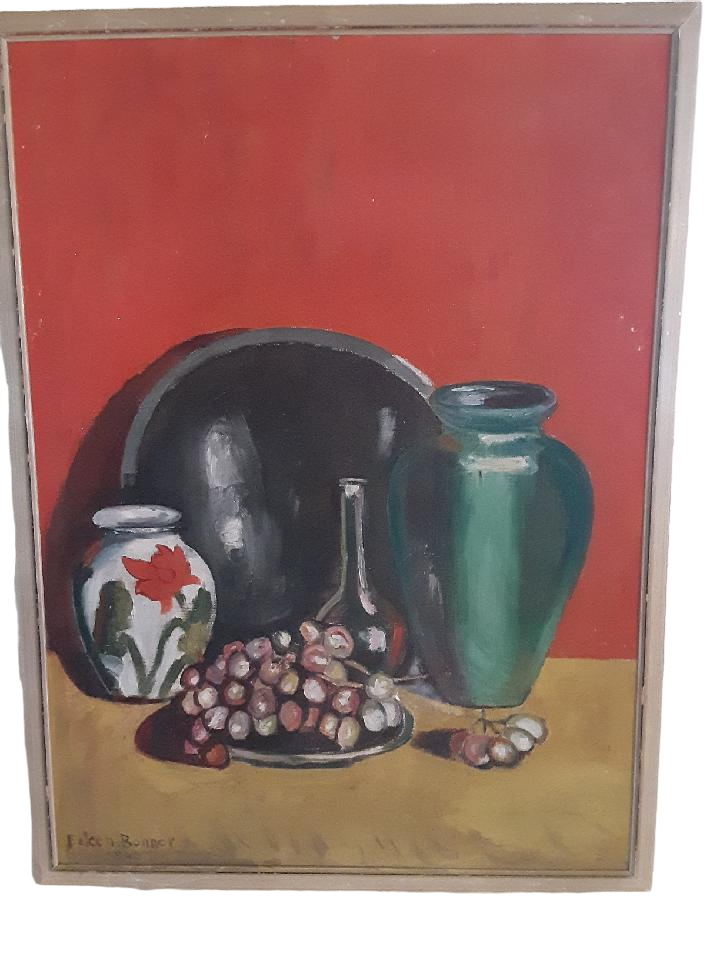

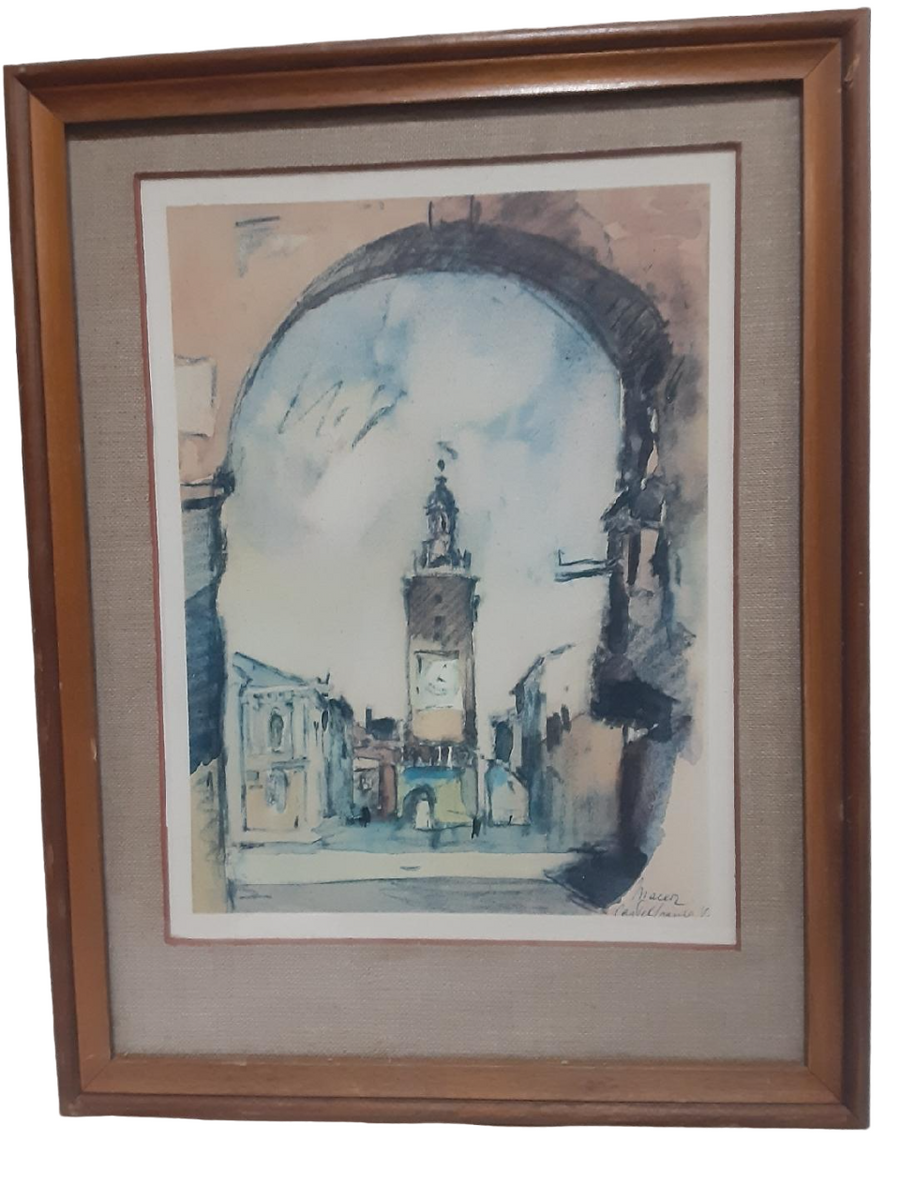


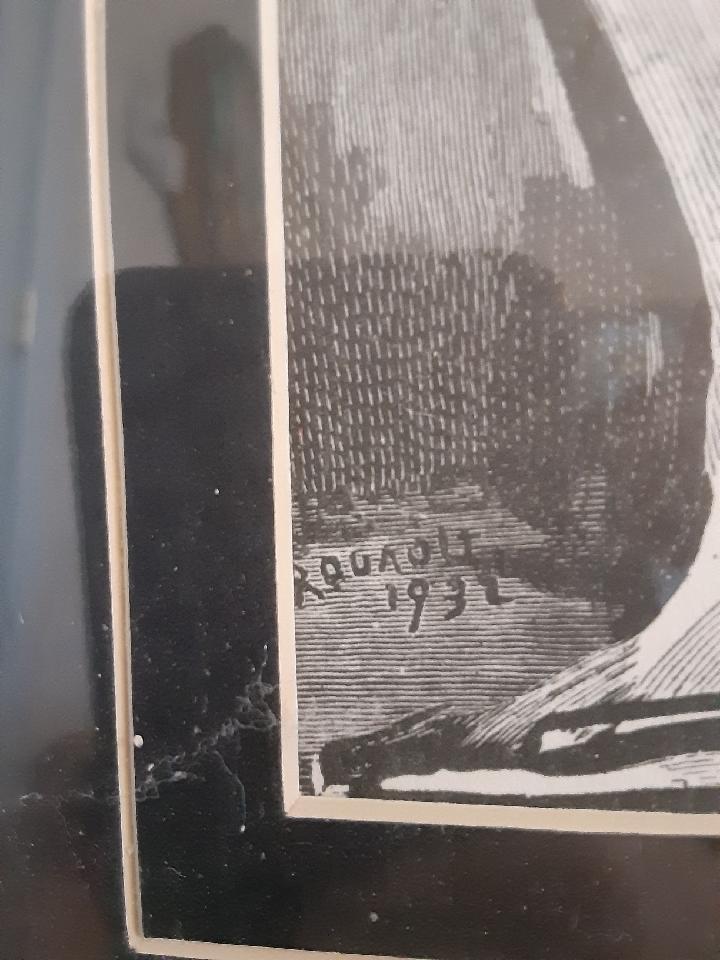



Leave a comment